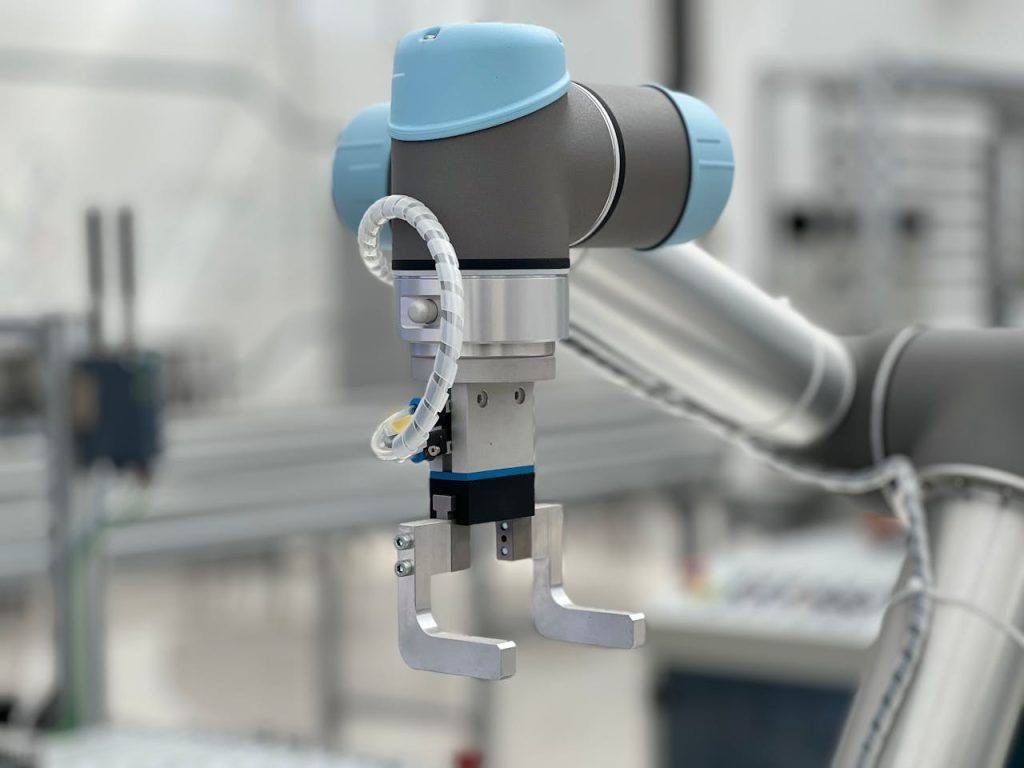Humanoid robots, designed to mimic human form and capabilities, have made significant advancements in recent years. As these robots become more sophisticated, understanding their physical attributes, including weight, is crucial. In this article, we will explore the weight considerations of humanoid robots, shedding light on the load-bearing capabilities of these remarkable machines.
Weight Variations in Humanoid Robots
The weight of a humanoid robot can vary significantly depending on various factors, including its size, design, materials used, and intended purpose. Different components contribute to the overall weight, such as the body structure, motors, actuators, sensors, and additional equipment. Let’s delve into these factors to understand the weight variations in humanoid robots.
1. Size and Design
Humanoid robots come in various sizes and designs, ranging from small research prototypes to life-sized robots. Larger robots often tend to be heavier due to the additional structural components required to support their size and maintain stability. Compact humanoid robots, on the other hand, may have lighter frames with fewer load-bearing requirements.
2. Materials
The choice of materials used in constructing humanoid robots plays a significant role in determining their weight. Materials such as aluminum alloys, carbon fiber composites, and lightweight plastics are commonly employed to reduce the overall weight while maintaining structural integrity. The use of lightweight materials allows for better power-to-weight ratios and maneuverability.
3. Actuators and Motors
Humanoid robots require actuators and motors to facilitate movement in their joints and limbs. The type and number of actuators and motors incorporated into the robot contribute to its weight. Traditionally, hydraulic systems were common in humanoid robots, which added substantial weight. However, advancements in electric actuators and motors have led to lighter and more efficient alternatives.
4. Sensors and Equipment
Humanoid robots are equipped with various sensors to perceive their surroundings, interpret data, and interact with the environment. These sensors, such as cameras, depth sensors, and touch sensors, add to the weight of the robot. Additionally, specialized equipment, such as batteries, communication modules, or additional tools, may also contribute to the overall weight.
Weight Examples of Humanoid Robots
To provide a general understanding of the weight range of humanoid robots, here are a few examples:
- Small Research Prototypes: Small humanoid research platforms can weigh anywhere from a few kilograms (e.g., 3-5 kg) up to around 20 kg, depending on their design and functionality.
- Mid-Sized Humanoid Robots: Mid-sized humanoid robots, standing around 1.2-1.5 meters tall, may weigh between 30 and 50 kg. These robots often incorporate more advanced features, such as advanced mobility, perception systems, and dexterous manipulation capabilities.
- Full-Sized Humanoid Robots: Full-sized humanoid robots, resembling the height and proportions of an average adult human, can weigh between 80 and 150 kg or more. The weight of these robots is influenced by their size, structural requirements, and complexity.
It’s important to note that these weight ranges are approximate and can vary depending on specific robot models, iterations, and advancements in technology.
Conclusion: Balancing Functionality and Load-Bearing Capacity
The weight of a humanoid robot is influenced by several factors, including size, design, materials, actuators, sensors, and additional equipment. Engineers strive to find a balance between functionality and load-bearing capacity, opting for lightweight materials and efficient components to enhance maneuverability and agility. As technology advances, the weight of humanoid robots is likely to decrease, allowing for greater mobility, versatility, and potential applications in various industries.

